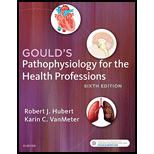
Concept explainers
a.
To describe: The characteristics of a spinal cord tract, using an example.
Concept introduction: The spinal cord is a column of nerve tissue that arises from the medulla oblongata to the second lumbar vertebra within the vertebral column. There are thirty-one pairs of spinal nerves that emerge from the spinal cord. The spinal nerves are named as per the location of the nerve in the vertebral column.
b.
To differentiate: The upper motor neuron from a lower motor neuron by location and function.
Concept introduction: The nervous system controls and coordinates all the activities of the animals and neuron is the primary cell of this system. A motor neuron is a neuron, whose axon is projected to the spinal cord or outside of the spinal cord. It controls the muscles directly or indirectly.
c.
To describe: A nerve plexus and how it affects the nerve distribution.
Concept introduction: The branching network of nerves or vessels is known as the plexus. Nervous plexus, cardiac plexus, venous plexus, celiac plexus, and choroid plexus are the different types of plexus.
d.
To describe: The acquired reflex and include an example.
Concept introduction: Reflexes are reflex action exhibited by an individual in response to particular external stimuli. The reflex actions arise from the central nervous system. The body involuntarily reacts to a stimulus through reflex action. It includes the signals carried by nerve cells from the receptor organs to the central nervous system (CNS) and then back to the effector organs. Afferent (sensory) neurons carry information to the CNS (brain or spinal cord), and efferent (motor) neurons carry the information back to the effector.
Trending nowThis is a popular solution!

Chapter 14 Solutions
Pathophysiology for the Health Professions
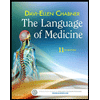 The Language of Medicine, 11eHealth & NutritionISBN:9780323370813Author:Davi-Ellen Chabner BA MATPublisher:Saunders
The Language of Medicine, 11eHealth & NutritionISBN:9780323370813Author:Davi-Ellen Chabner BA MATPublisher:Saunders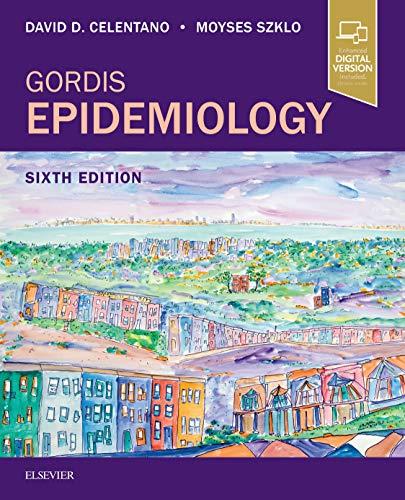 Gordis EpidemiologyHealth & NutritionISBN:9780323552295Author:David D. Celentano, Moyses SzkloPublisher:ELSEVIER
Gordis EpidemiologyHealth & NutritionISBN:9780323552295Author:David D. Celentano, Moyses SzkloPublisher:ELSEVIER Nutrition Through The Life CycleHealth & NutritionISBN:9781337919333Author:Brown, Judith E.Publisher:Cengage Learning,
Nutrition Through The Life CycleHealth & NutritionISBN:9781337919333Author:Brown, Judith E.Publisher:Cengage Learning,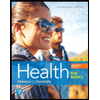 Health: The Basics (13th Edition)Health & NutritionISBN:9780134709680Author:Rebecca J. DonatellePublisher:PEARSON
Health: The Basics (13th Edition)Health & NutritionISBN:9780134709680Author:Rebecca J. DonatellePublisher:PEARSON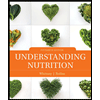 Understanding Nutrition (MindTap Course List)Health & NutritionISBN:9781337392693Author:Eleanor Noss Whitney, Sharon Rady RolfesPublisher:Cengage Learning
Understanding Nutrition (MindTap Course List)Health & NutritionISBN:9781337392693Author:Eleanor Noss Whitney, Sharon Rady RolfesPublisher:Cengage Learning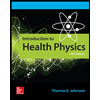 Introduction To Health PhysicsHealth & NutritionISBN:9780071835275Author:Johnson, Thomas E. (thomas Edward), Cember, Herman.Publisher:Mcgraw-hill Education,
Introduction To Health PhysicsHealth & NutritionISBN:9780071835275Author:Johnson, Thomas E. (thomas Edward), Cember, Herman.Publisher:Mcgraw-hill Education,





